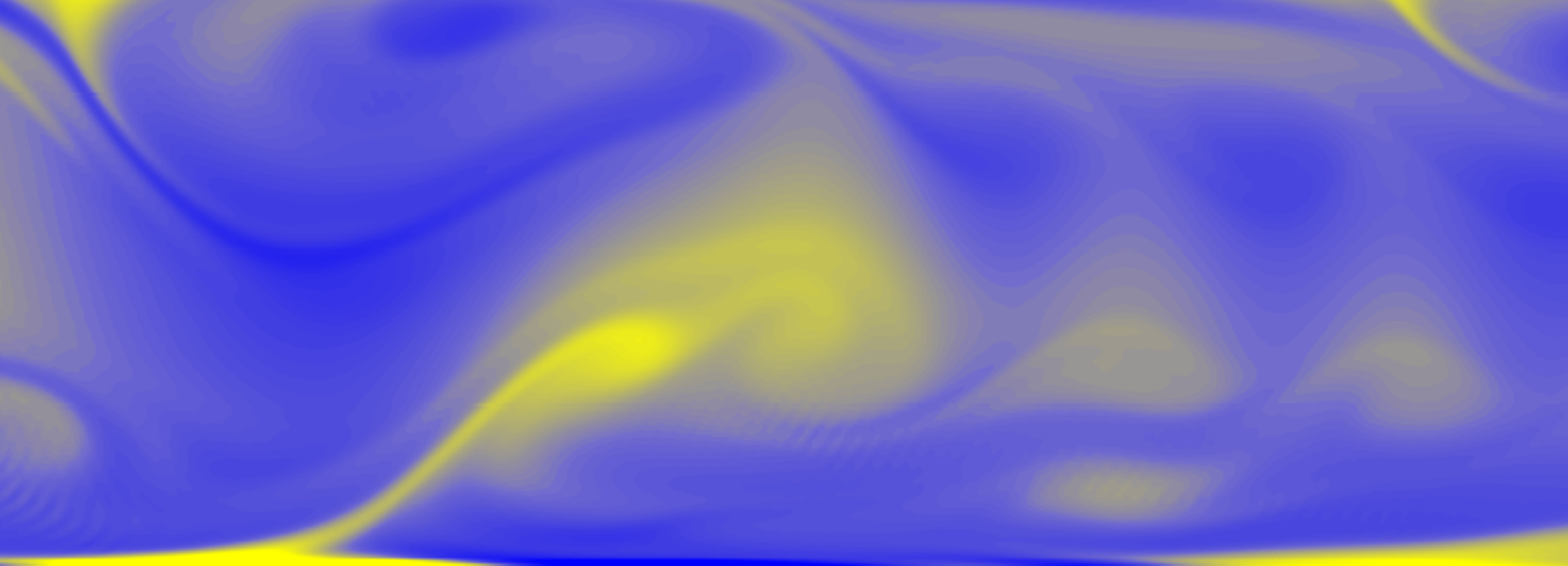
The skating of impacting drops over gas or vapor layers
Please login to view abstract download link
Here we present numerical simulations performed using Basilisk aimed at elucidating the precise physical mechanism by which a drop of a low viscosity liquid impacting over a smooth solid substrate skates over a thin gas or vapor layer. The analysis of the results obtained along the spatio-temporal region where the thickness of the gas film is minimum reveals that the predictions in Gordillo & Riboux (J. Fluid. Mech., vol. 941, 2022, A10) agree well with the time evolution of the minimum gas vapor thickness from the very early instants of time considered in Mandre & Brenner (J. Fluid Mech., vol. 690, 2012, 148) to later instants of time for which the drop deformation is comparable to the initial radius of the drop. The results of our numerical study confirm that the reason why the drop skates over a gas film resorts on the classical hydrodynamic lubrication mechanism, once the relative velocity between the liquid and the solid and the pressure gradient are calculated using the results provided by potential flow theory at the spatio-temporal region where the minimum film thickness is attained.

